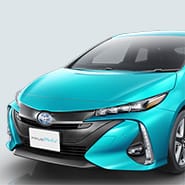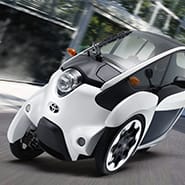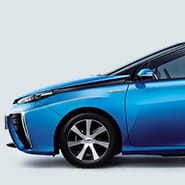Aug. 04, 2017
Inheriting hybrid technologies

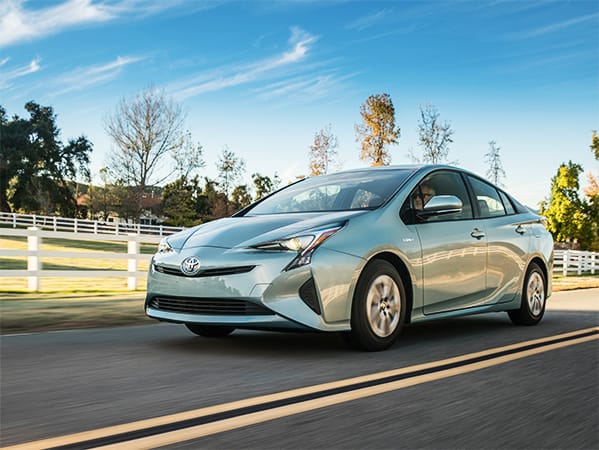
The Toyota Hybrid System (THS) that was incorporated in the first-generation Prius in 1997 evolved into the THS II in 2003. Since then, the hybrid system has been used in a wide range of Toyota vehicles.
The Prius proved highly popular among customers, such that it became a byword for an eco-car. The fourth-generation Prius, which became the first model to be based on the Toyota New Global Architecture (TNGA), was developed to deliver not only outstanding environmental performance but also superb driving performance, so that it would be chosen by customers as a car that was fun to drive.
Toyota's hybrid technologies, which include fundamental technologies necessary for the development of all its eco-cars, can be combined with a variety of fuels, and the company has positioned these technologies as core environmental technologies for the 21st century. By working hard to further expand its line-up of eco-cars, Toyota endeavors to continue contributing to the preservation of the environment.
Adapting hybrid technology to next-generation eco-cars
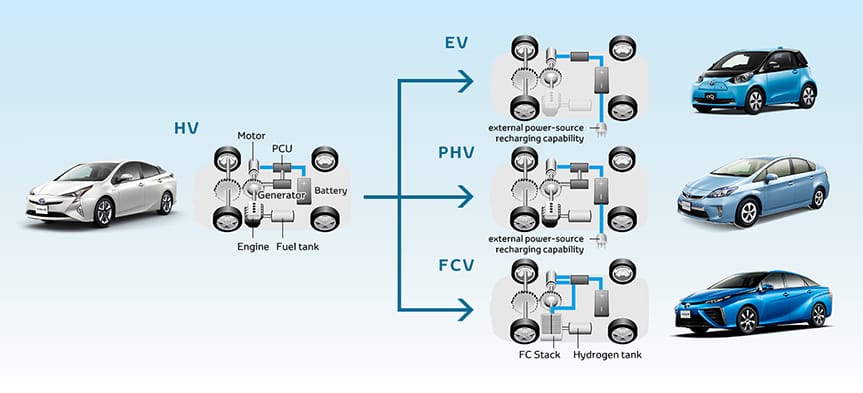
Toyota sees hybrid technology as a core technology and is engaged in wide-ranging development including electric vehicles, plug-in hybrid vehicles, and fuel cell vehicles.
Selecting eco-cars for different uses
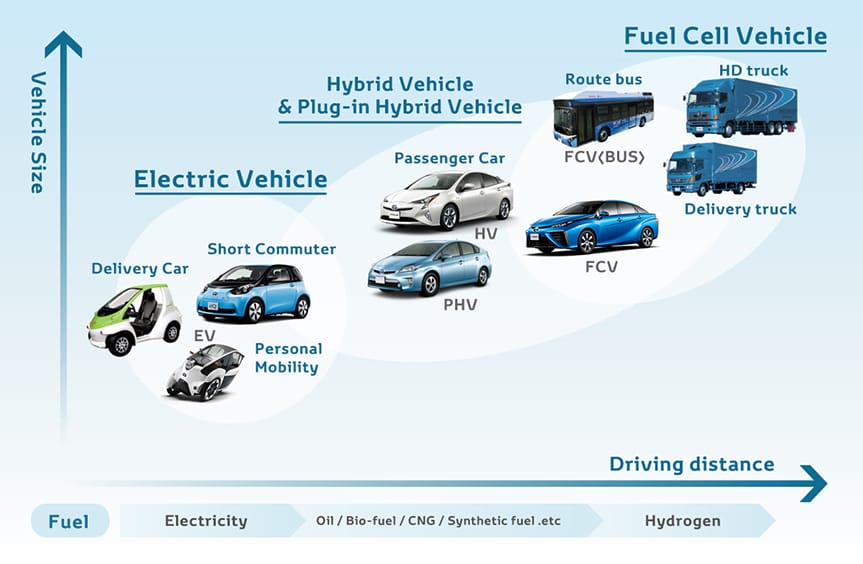
The different eco-cars have a varying range of characteristics. Selecting the vehicle optimally matched to the intended use will allow us to build a highly energy-efficient mobility society.
Characteristics of gasoline-alternative fuels

Each alternative fuel has its strengths and weaknesses. Additionally, energy policies vary by country and region. Toyota is therefore engaged in all-round development activities.
*Well to Wheel CO2 : this is a comprehensive measure of CO2 emissions that takes account of total energy consumption from the extraction and production of primary energy sources through to vehicle use.






